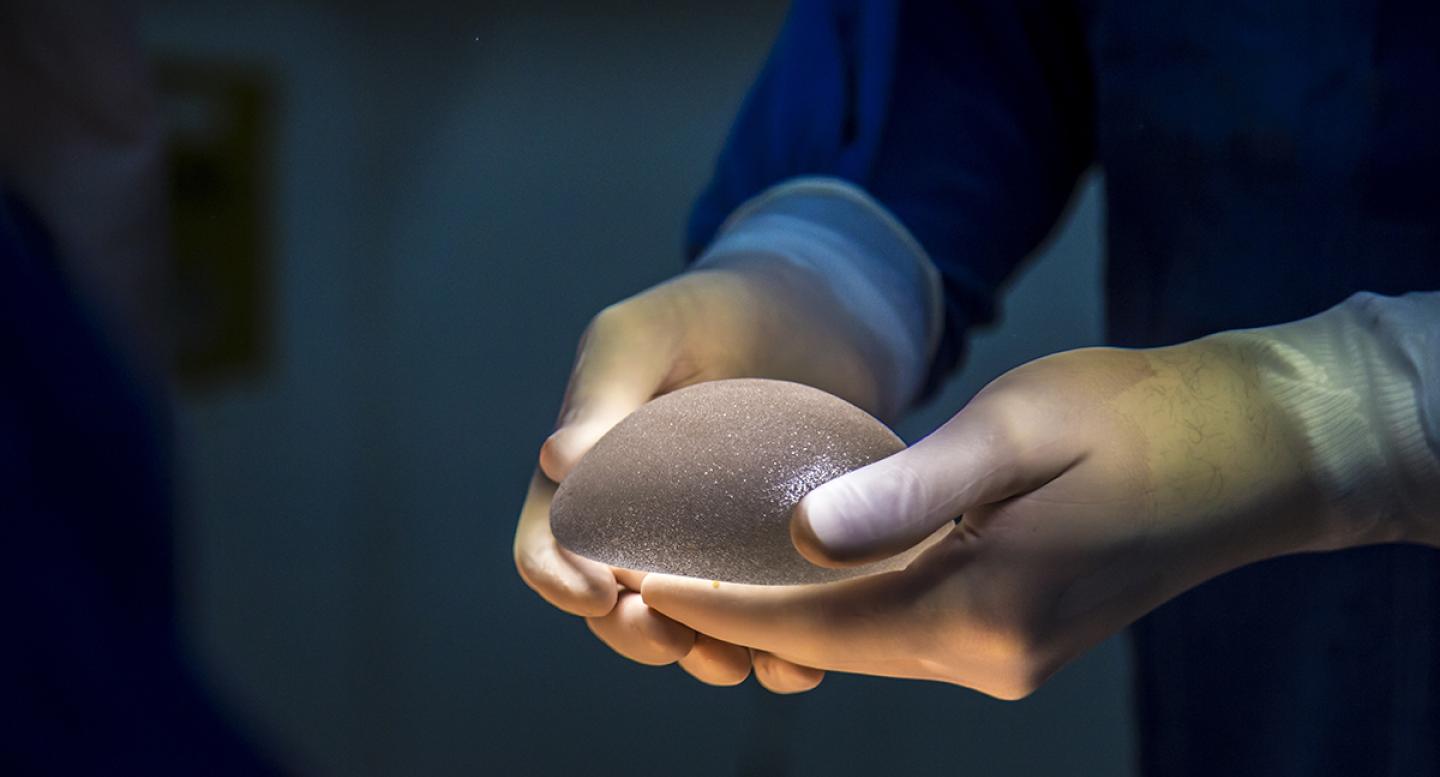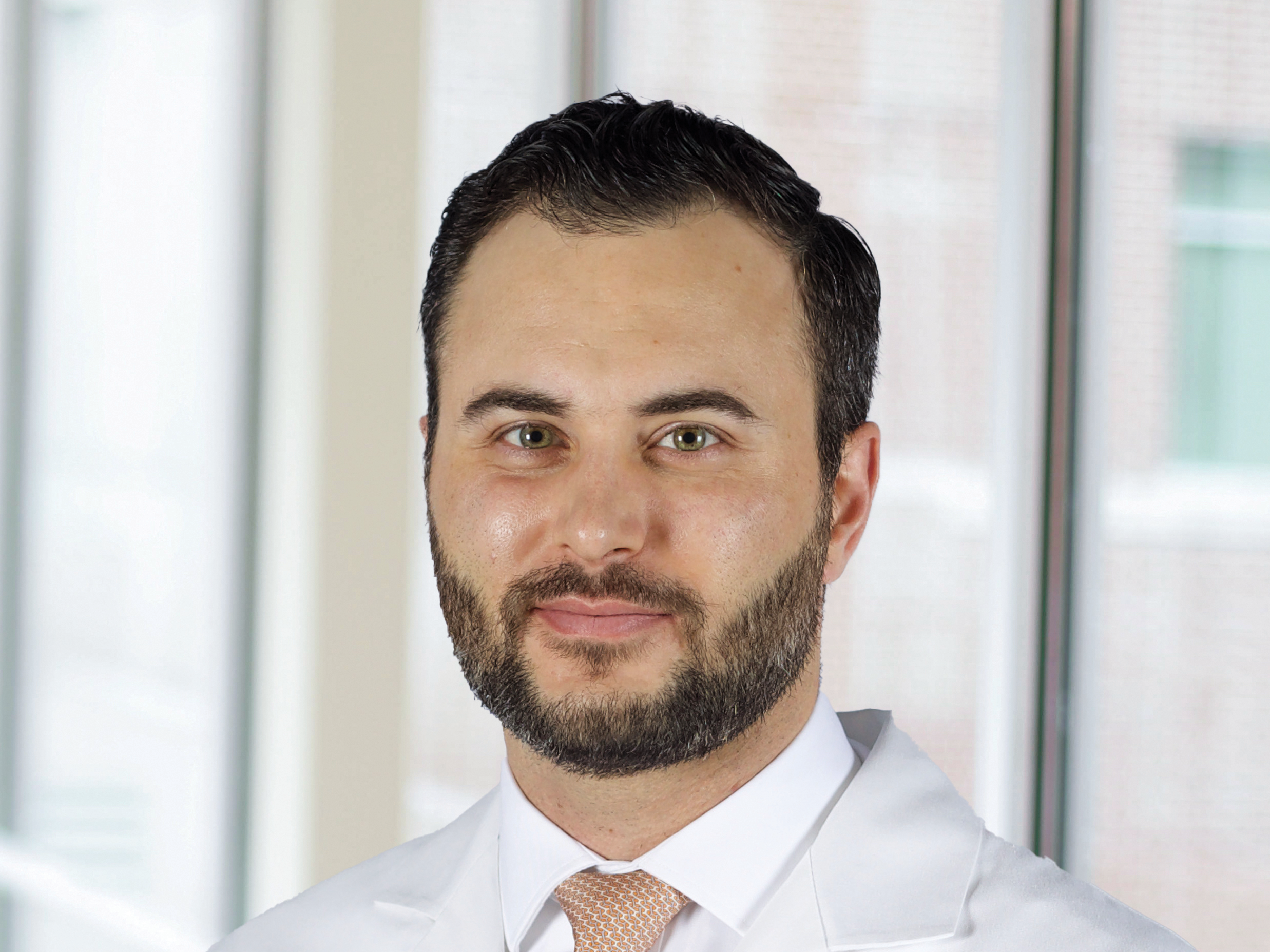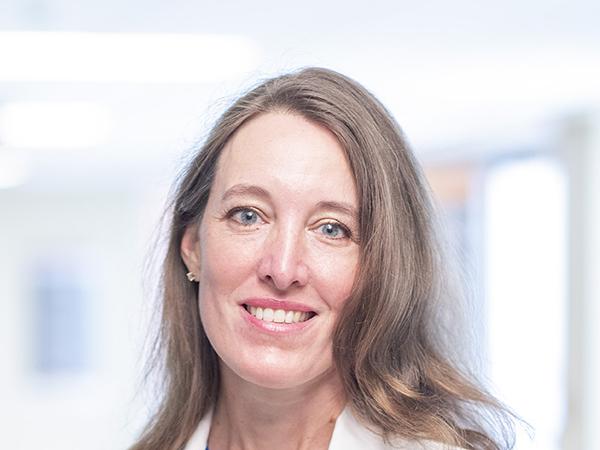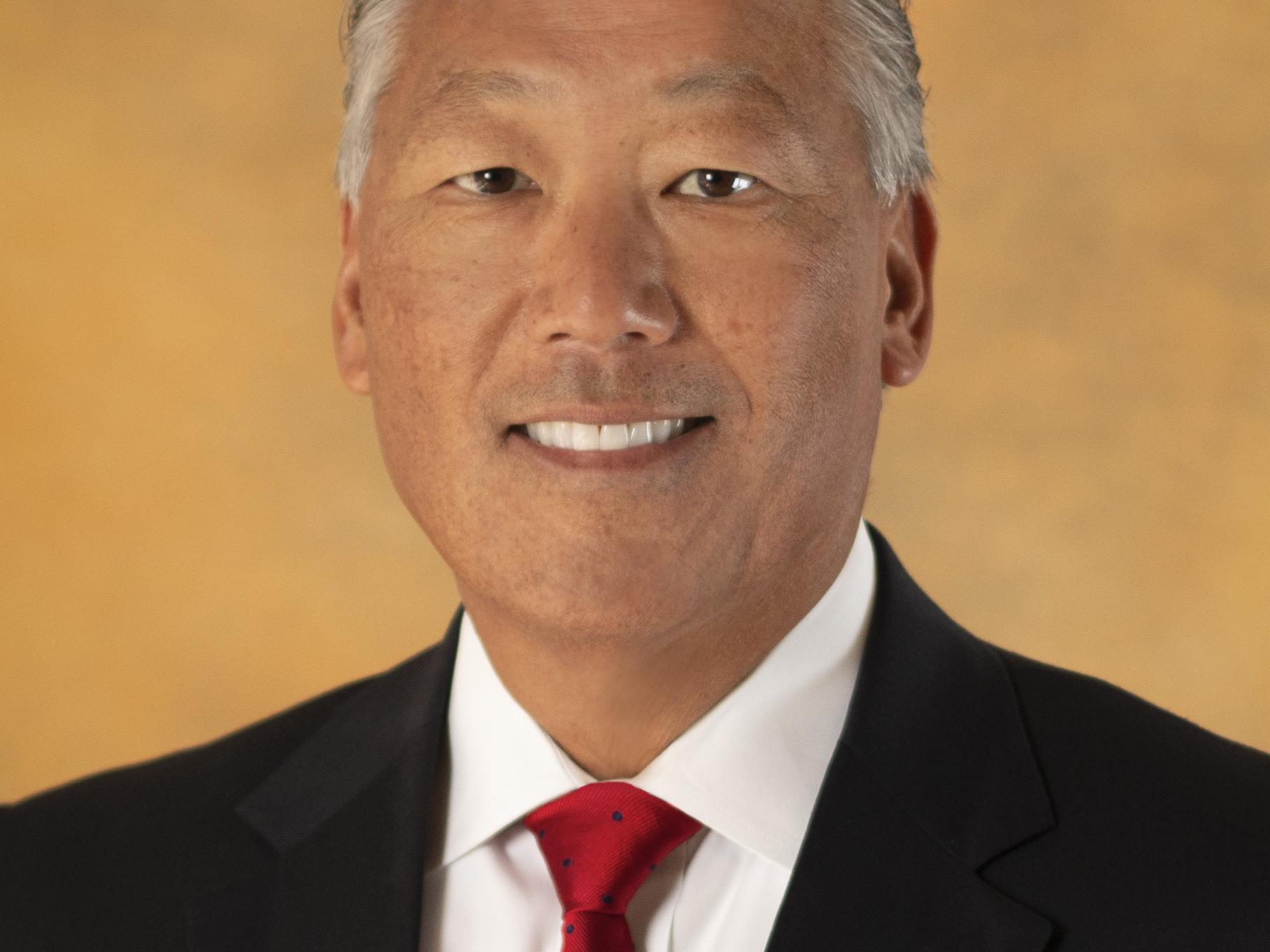Overview
The Cancer Institute at The University of Tennessee Medical Center offers the most advanced breast reconstructive techniques in the region. If you’re looking for breast reconstructive services in Knoxville, Tennessee, the Cancer Institute will determine a personalized treatment plan that meets your specific needs.
During the initial visit your doctor, all of your options for breast reconstruction will be discussed with you by your doctor to determine the best approach to reconstructive surgery. Breast Services at the Cancer Institute offers a full-range of treatment options by high skilled multidisciplinary teams of board-certified plastic surgeons, specialized nurses and trained clinicians.
Breast Reconstruction
Breast reconstruction is often performed to restore the normal shape of the breast after a surgical procedure for breast cancer. If you have had a lumpectomy the normal shape of the breast may be distorted or unnatural, or there may be a contour irregularity where the surgery was performed. If you have had a mastectomy, the entire breast is removed. Breast reconstruction after a mastectomy or lumpectomy restores the normal shape of the breast, and is an option to most patients with breast cancer.
You and your doctor will decide together about whether to have breast reconstruction, and when. Some patients decide to have reconstruction surgery during the initial procedure or after. The decision depends on many different factors that should be discussed with your doctor.
Reconstruction Options:
- Deep Inferior Epigastric
- Perforator Flap (DIEP)
- Superficial Inferior Epigastric
- Artery (SIEA)
- Tissue Expanders and Impants
- Transverse Rectus Abdominis Musculocutaneous (TRAM) flap
- Nipple Sparing
- Fat Grafting
- Oncoplastic Procedures
- Microvascular Reconstruction
The Superficial Inferior Epigastric Artery Flap
The Superficial Inferior Epigastric Artery Flap (SIEA) is similar to the DIEP flap. However, the major difference is that the artery and vein used in a SIEA lie closer to the skin surface than the artery and vein of the DIEP flap. The ability to perform a SIEA flap depends on the diameter of the vessels and the amount of tissue required. Less than 15% of women are candidates for this type of flap secondary to limitations in vessel size or presence, or the amount of tissue required to reconstruct the breast.
Tissue Expanders and Implants
A tissue expander provides a more natural appearing breast. This method of breast reconstruction involves the transfer of the back tissues (latissimus muscle, fat and small amount of back skin) to your chest mastectomy site.
The Transverse Rectus Abdominis Musculocutaneous Flap
The Transverse Rectus Abdominis Musculocutaneous (TRAM) flap, which consists of lower belly skin and fat, can be transferred from the abdomen to the chest to give the breast a mound-shape that matches other natural breasts.
The TRAM flap uses one of your rectus muscles to carry the blood vessels that keep the transferred belly skin and fat alive. The whole muscle is required to provide the blood supply for the skin and fat. With the TRAM flap method of breast reconstruction, natural, aesthetic outcomes can be achieved provided the patient’s anatomy is appropriate. For this procedure, patients will have general anesthesia (asleep and pain-free)
Nipple Sparing
The nipple sparing reconstructive procedure preserves the breast, skin and nipple area while removing all or most of the underlying breast tissue. Nipple sparing is a procedure performed through a small incision allowing for a more natural looking reconstruction and avoiding additional scars on the breast. Scars are permanent and are often more visible in the year after surgery. The scar location depends on the patient and will be determined during consultation with the plastic surgeon.
Fat Grafting or Fat Transfer
This procedure will remove a patient’s own fat to re-implant it where needed to reconstruct the breast to a normal shape and balance to the body. It is typically extracted from body parts like the abdomen, thighs, or buttocks.
Oncoplastic Surgery for Breast Reconstruction
Oncoplastic surgery is one of the latest surgical options for breast cancer patients . This technique combines removing the cancerous tumor with a breast reduction, or it can involve local tissue rearrangement all in one surgical procedure. This is often the preferred option for patients after receiving a lumpectomy and want to realign the symmetry in their breasts and fix any distorted tissue.
Having breast reconstruction does not make it harder to find a tumor if your breast cancer comes back.Many women choose not to have breast reconstruction or implants. They may use a prosthesis (an artificial breast) in their bra that gives a natural shape, or they may choose to use nothing at all.
Microvascular Reconstruction
The surgeon uses a microscope to connect the small blood vessels that feed the tissue that is being transferred with blood vessels at the site that needs reconstruction. These blood vessels are very small. The stitches used to join them are finer than a human hair.




